When it comes to working in the engineering and manufacturing industry, health and safety is a huge part of the role. I know what you’re thinking, another workplace lecture, but when it comes to tool rooms and the equipment involved, it really is something you need to know!
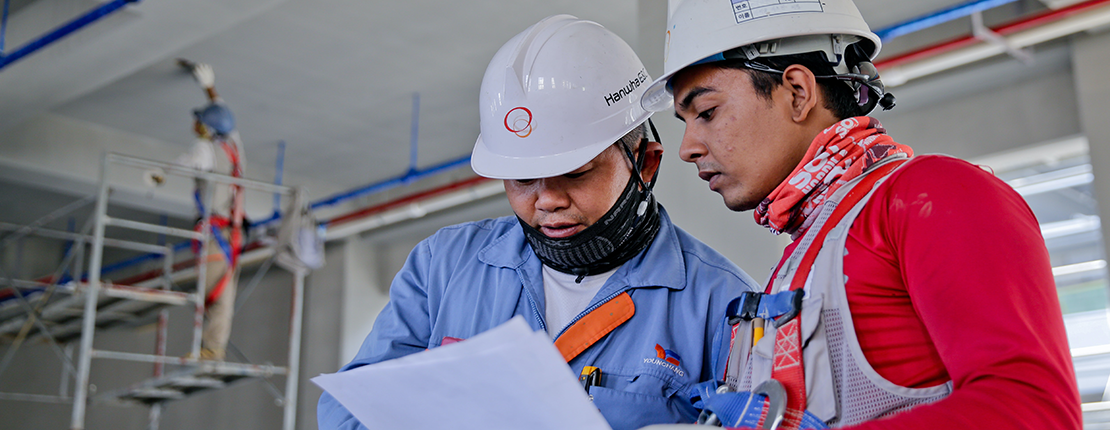
Material Handling
Here at Pro Moulds, we have invested in nothing but the best when it comes to our technology and machinery. Covering tool design to injection moulding, our tool room is our very own high spec sanctuary. But with this comes responsibility. The material handling equipment can be pretty intimidating, with a 10 tonne crane and 3 tonne fork truck on site, training and guidance is a necessity!
Overhead Crane Safety Tips
An overhead crane is used for all the heavy lifting, making moving weighty materials from one space to the next much easier and faster. With such a large piece of equipment involved, there are some key safety tips to always remember.
- Carrying out maintenance : Carry out regular maintenance to ensure everything is working correctly and safely.
- Double check for any obstacles : Make sure there is nothing between your load and the runway.
- Alert the crane operator and other team members : Keep your team members in the loop if you’re planning to use the crane so they can clear your way and keep themselves safe.
- Simple tips : No distractions, no swinging, no audience.
- Remember your limits : Make sure you know your crane’s weight limit.
- Test your equipment : Always do a quick test run before use.
- Fork Truck Safety Tips
A fork truck is a vehicle equipped with a pronged device for easy lifting and carrying. Although the fork truck is a smaller piece of equipment, it’s great for moving more than one item, deliveries or immediate transfers.
- Balance : Make sure the load on the truck is balanced and secure before manoeuvre.
- Low placement : Drive with the load as low as you can, making sure its’ still safe.
- Speed : Look out for speed limits and any warning signs in your area.
- Stay focused : Don’t have any distractions and make sure you’re always looking in the direction of travel.
- Horn : Use the horn for any intersections or communication.
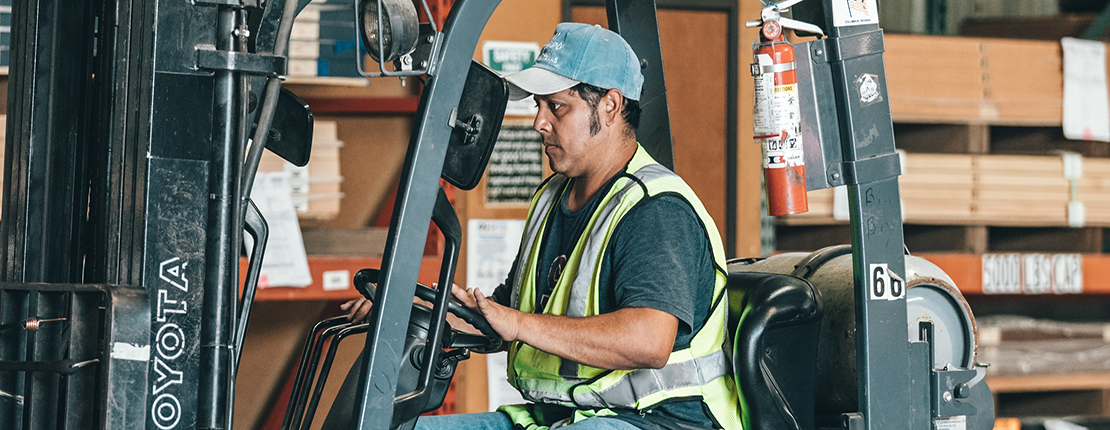
Safety Training
Just like most jobs and companies, when working in manufacturing, health and safety awareness is a big part of the job. From the basic fire exit doors to the equipment training, each staff member will go through training and awareness of everything on site. If you’re designated to a specific area or job, you will also have personal and in-depth training to ensure you know what to do if anything goes wrong and how to stop this from happening.
Our machinery and equipment go through rigorous testing and maintenance to ensure everything is in working order. There are also standard health and safety procedures in place and plenty of risk assessments to make sure we’re meeting all the standards and know how to use both hand tools and power tools.
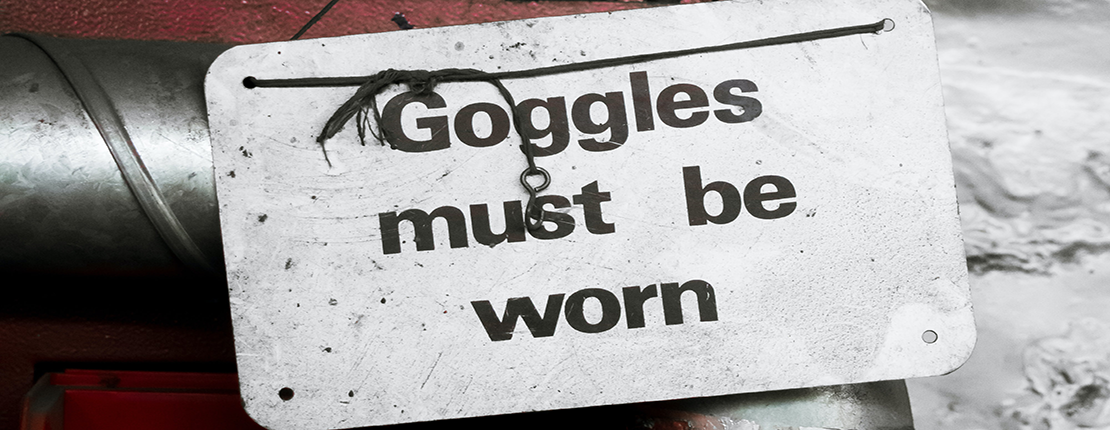
Tool Handling
Although smaller and easier to use, hand tools are still a key factor in the health and safety handbook. Every worker should be trained on safe procedures when working with these tools whilst also being made aware of the issues with misplacing and mishandling. There are a few tips to remember when tool handling, and although they should be basic knowledge, they’re still easily forgotten.
“A tool room can be an incredibly dangerous place if safety protocols aren’t followed. Unsecured tools can lead to equipment falling and injuring staff, whilst incorrectly stored materials may become fire hazards. Investing in top quality storage solutions such as wall mounted cabinets, labels for your storage and stocking up on vital, up-to-date safety equipment will keep incidences on the minor side.”
Kelly Friel, Digital Product Manager at Zoro
- Tools shouldn’t be loosely carried around, especially up ladders or heights.
- Handed carefully between one employee and another.
- Pointed tools such as screwdrivers should not be carried in pockets.
- Store equipment in a toolbox, tool belt or pouch.
- Put away in a safe and secure location when not in use.
- When using tools such as hammers, wear gloves and keep hands away.
- Put it back at the end of each day
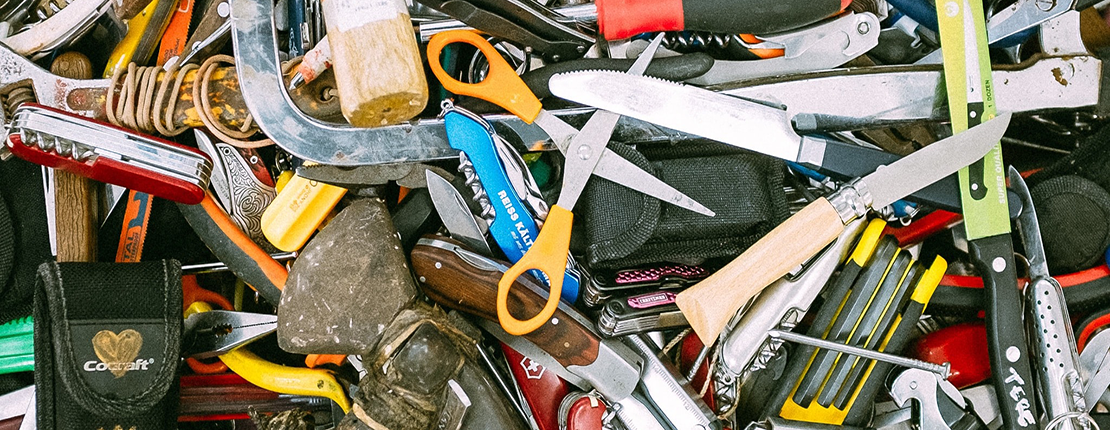
Machine Guarding
With our plant list including machinery for laser welding plus spark erosion, machine guards are something you’ll find in most tool rooms. A machine guard kind of does what it says on the tin, guards the machines. They are the first line of defence when it comes to preventing injury and can help with the overall protection of staff. Whether it’s blocking flying debris or making sure you don’t get your hand trapped, a machine guard should be on every manufacturer’s priority list.
To find out more about our plant list and what we have on-site, contact a member of our team today.
Machine Guards are a physical barrier between a worker and a machine. They’re primarily used to prevent contact and can also be fixed in place, interlocked, adjusted or self-adjusted. The use of machine guards also brings us to the next topic… safeguarding.
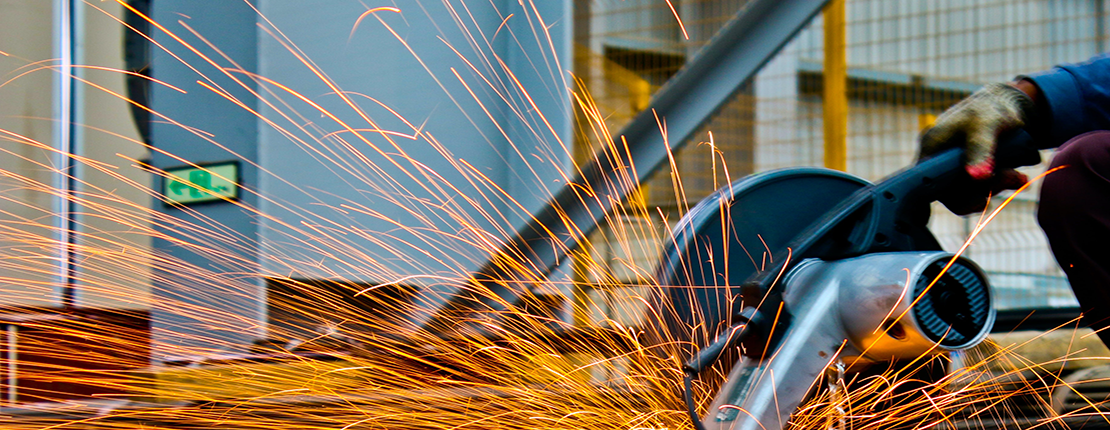
Methods Of Safeguarding
There are 5 basic methods when it comes to machinery safeguarding.
Devices : Prevent access to hazardous areas. This can include sensors, straps, controls or gates.
Automated feeding and ejection mechanisms : Work to eliminate the operator’s exposure.
Machine location : Removing a hazard from the working area.
Guards : A barrier between operator and machine.
Miscellaneous aid : Used to protect both operators and people in the immediate vicinity of the machinery.
